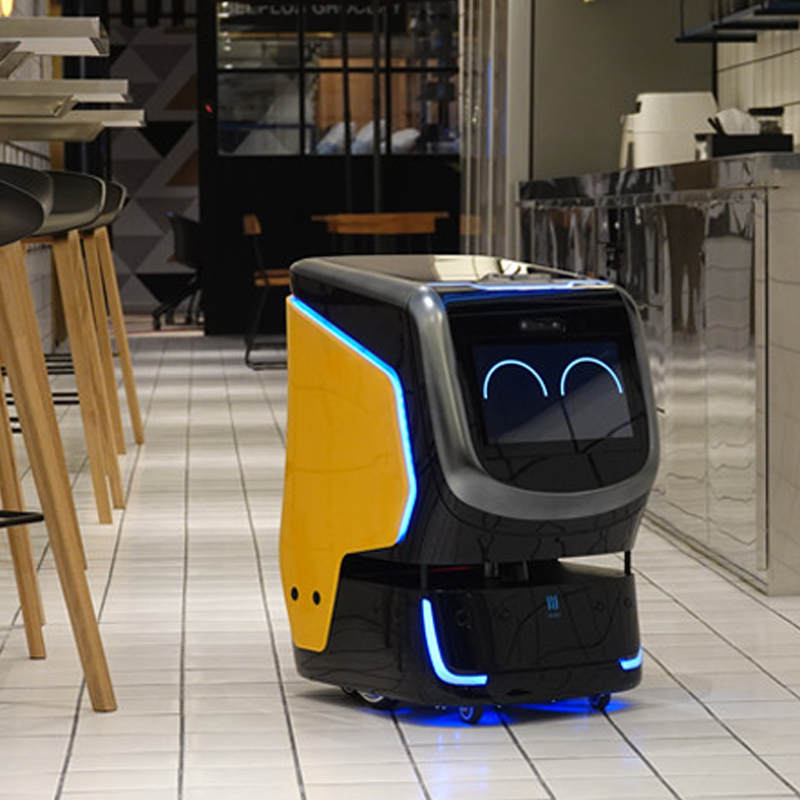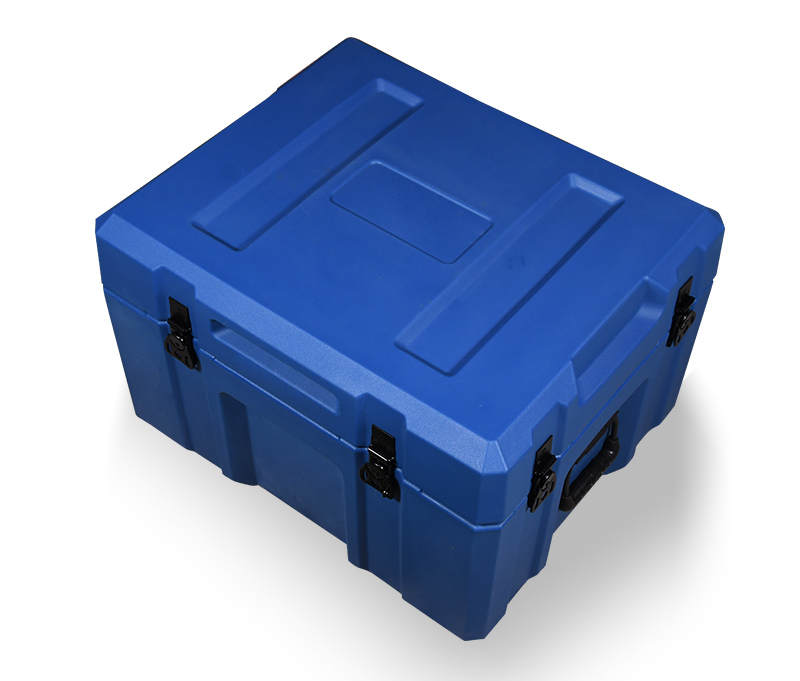What Types of Polyethylene are Commonly Used for Rotational Molding?
 Aug 25,2022
Aug 25,2022

What Types of Polyethylene are Commonly Used for Rotational Molding?
Polyethylene, PE in short, is the most commonly used in rotational molding. Engineers and product designers from various industries choose polyethylene when they want an incredibly versatile and useful item. From containers to plastic toys, polyethylene can be found in most of the consumer goods today. Rotomolded products are also widely used in the industry of material handling products, automotive parts, road cones and barriers, kayaks, electric surfboard, sports equipment, agriculture equipment and various enclosures for industrial application.
In general, polyethylene offers excellent chemical and impact resistance, electrical properties and low coefficient of friction. It is considered a dielectric material. In addition, polyethylene is lightweight, easily processed and offer near-zero moisture absorption.
Polyethylene is available in a variety of grades and formulations to suit different needs. Based on density property, there are four main categories of polyethylene thermoplastic material used for rotational molding, including High Density Polyethylene (HDPE), Linear Low-density Polyethylene (LLDPE), Medium Density Polyethylene (MDPE), and Cross-linked Polyethylene (XLPE).
HDPE (High Density Polyethylene)
High density polyethylene generally has a density range in the.941~0.960 g/cm³, and has to be pulverized in a powder form or extruded into micropellets in order to be rotomolded. HDPE is the stiffest among all the different type of all the different variants of polyethylene. It has excellent resistance to a broad variety of chemicals and solvents, featuring fantastic molding properties for the rotational molding process. The material can be tailored to meet specific application by UV stabilizers and additives. Certified prime virgin HDPE materials meet FDA food grade applications. Because of its physical property, chemical tanks, airline containers, plastic toolbox, sensitive equipment tool storage case and various industrial parts are molded from high density polyethylene

LLDPE (Linear Low- Density Polyethylene)
Ranging from 0.926 g/cm³ to 0.940 g/cm³, Linear Low-Density Polyethylene, or Medium Density Polyethylene (MDPE) has good durability and medium stiffness physical properties. LLDPE materials are extremely durable and tough, easy to process by means of rotational molding. When certified prime virgin LLDPE materials are used, they provide excellent resistance to chemicals and environmental stress cracking. LLDPE must be pulverized to a powder or micropellet for it to be efficiently processed in rotational molding. The material can be enhanced with UV stabilizers and additive. In addition, LLDPE can be dry blended to virtually any color thru blending the material with the proper pigments for the rotational molding process. Other additives such as anti-microbials, anti-fungal and various other additives can be blended with PE materials to enhance the physicals or give the materials certain features or benefits.

Examples of products rotomolded of LLDPE include rotomolded furniture, spray tanks, outdoor pining, shipping case, playground equipment, boat docks, kayak, electric surfboard, housings/enclosure, drainage products and so much more!
Low Density Polyethylene (LDPE)
Low Density Polyethylene generally has a density range in the .910-.940 g/cm³. It is flexible and tough, easy to process, has excellent warp resistance and consistent shrinkage. LDPE resins are typically used in plastic toys, housings, covers and consumer products that don’t require a lot of stiffness or load carrying ability.
XLPE (Cross-Linked Polyethylene)
Cross-Linked Polyethylene contains a special cross-linking agent which reacts with the polymer material during the molding cycle, creating a cross-linked molecule, which is very similar to a thermoset material. This chemical reaction during the rotational process drastically enhances the strength, durability, environmental stress-crack resistance and tear resistance. However, because of this cross linking, XLPE rotomolded products are not recyclable. Examples of products include seating, chemical tanks, piping, waste management products, and more.
The materials utilized in a rotational molding project depends on the design and intended function of the rotomolded products. With our extensive experience in the production of custom rotational molding, the development team at Light Venus will select the most suitable material to ensure highest grade and quality with an exceptional end result. Contact us to learn more about our capabilities.
 Tel: 0086-13632687993
Tel: 0086-13632687993  Email: roto@lightvenus.com
Email: roto@lightvenus.com

 Home
Home Rotational Molding is Widely applied to Produce Parts and Products for Agriculture
Rotational Molding is Widely applied to Produce Parts and Products for Agriculture  You May Also Like
You May Also Like



 Tel
Tel
 Email
Email
 Address
Address








